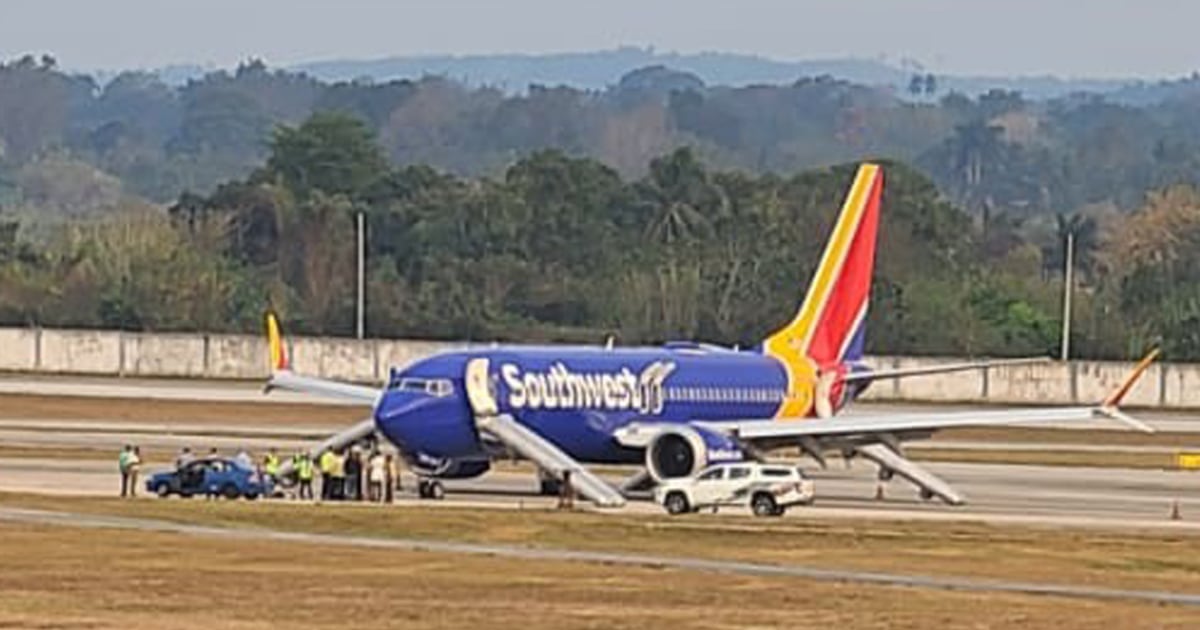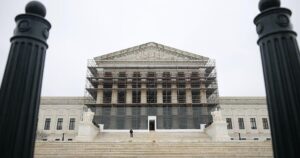Key takeaways:
- The Federal Aviation Administration (FAA) is taking a closer look at mid-air plane collisions with birds after a Southwest Airlines flight from Cuba to Florida was forced to turn back for an emergency landing Sunday.
- Pilots detected an issue with one of the plane’s engines following the bird strike, according to Cuba’s civil aviation authority, Cuban Aviation Corporation S.A.
- The FAA is now working to develop strategies to reduce the risk of bird strikes, such as increasing public awareness of the issue and implementing bird-avoidance technology.
The Federal Aviation Administration (FAA) is taking a closer look at mid-air plane collisions with birds after a Southwest Airlines flight from Cuba to Florida was forced to turn back for an emergency landing Sunday.
The incident occurred when Southwest Airlines Flight 3923 had just taken off from Havana and was bound for Fort Lauderdale late Sunday morning. A spokesperson for the airline said the aircraft “experienced bird strikes to an engine and the aircraft’s nose.”
Pilots detected an issue with one of the plane’s engines following the bird strike, according to Cuba’s civil aviation authority, Cuban Aviation Corporation S.A. Video captured from onboard the plane shows the cabin filling up with smoke, and a passenger told WSVN that the impact sent fumes through the airplane.
The airline did not immediately confirm the engine trouble, but said that the aircraft was diverted back to Havana and landed safely. All passengers and crew members were safely evacuated and no injuries were reported.
The FAA is now taking a closer look at mid-air plane collisions with birds, as such incidents can be dangerous and cause significant damage to aircraft. The agency is working to develop strategies to reduce the risk of bird strikes, such as increasing public awareness of the issue and implementing bird-avoidance technology.



Be First to Comment